The number of genre mashups, which mix gameplay mechanics not usually associated with one another, has increased considerably in recent years. Sometimes they work, sometimes they don’t.
5 Lives Studios is the latest development team to attempt this with Windbound, adding survival and roguelike elements to a unique third-person adventure game. In some regards, it makes Windbound feel like a jack-of-all-trades but ultimately, it all coalesces into a pleasant experience.
Windbound Review: Survival Meets Wind Waker
You play as Kara in Windbound, a warrior separated from her clan and shipwrecked on the Forbidden Islands. Surrounded by a vast ocean, these are formerly home to the game’s mysterious Shell Spirits.
Players are left to piece together the story as Windbound presents its narrative almost exclusively through environmental storytelling. Only occasionally do the Shell Spirits interject with vague statements that allude to the overall narrative. It’s a structure that, when compared to other games, is quite refreshing in its subtlety.
One thing that’s immediately apparent, even if the story isn’t, is Windbound’s stunning presentation, showcasing a vibrant, colorful world and beautiful blue ocean to explore. It’s all accompanied by a lovely piano-backed soundtrack.
Each island is procedurally generated, so no two playthroughs are ever the same. However, these islands come with common variations, like cherry blossom forests, deserts, or even poisonous swamps, which keeps things from getting stale.
There are two difficulty options in Windbound – Survivalist and Storyteller. Survivalist is a more hardcore experience, incorporating a form of permadeath that resets the entire campaign if you die but lets you retain a limited number of items. Storyteller is, unsurprisingly, aimed at those focused on Windbound’s story, offering easier combat. It also keeps your full inventory upon death. Progress still resets if you die but only to the start of your current chapter.
On land, Kara is initially armed with just her tribal knife, and you must source materials to craft new survival tools. Each material has varying durability — with grass being the weakest — but you’ll soon find higher quality items like bone or crude metal, offering more stability and increased attack damage to your weapons.
You can’t repair weapons but some can be built upon, like turning a stick spear into a bone spear. Ranged weapons can also be fashioned with accompanying ammo, such as slings and crossbows.
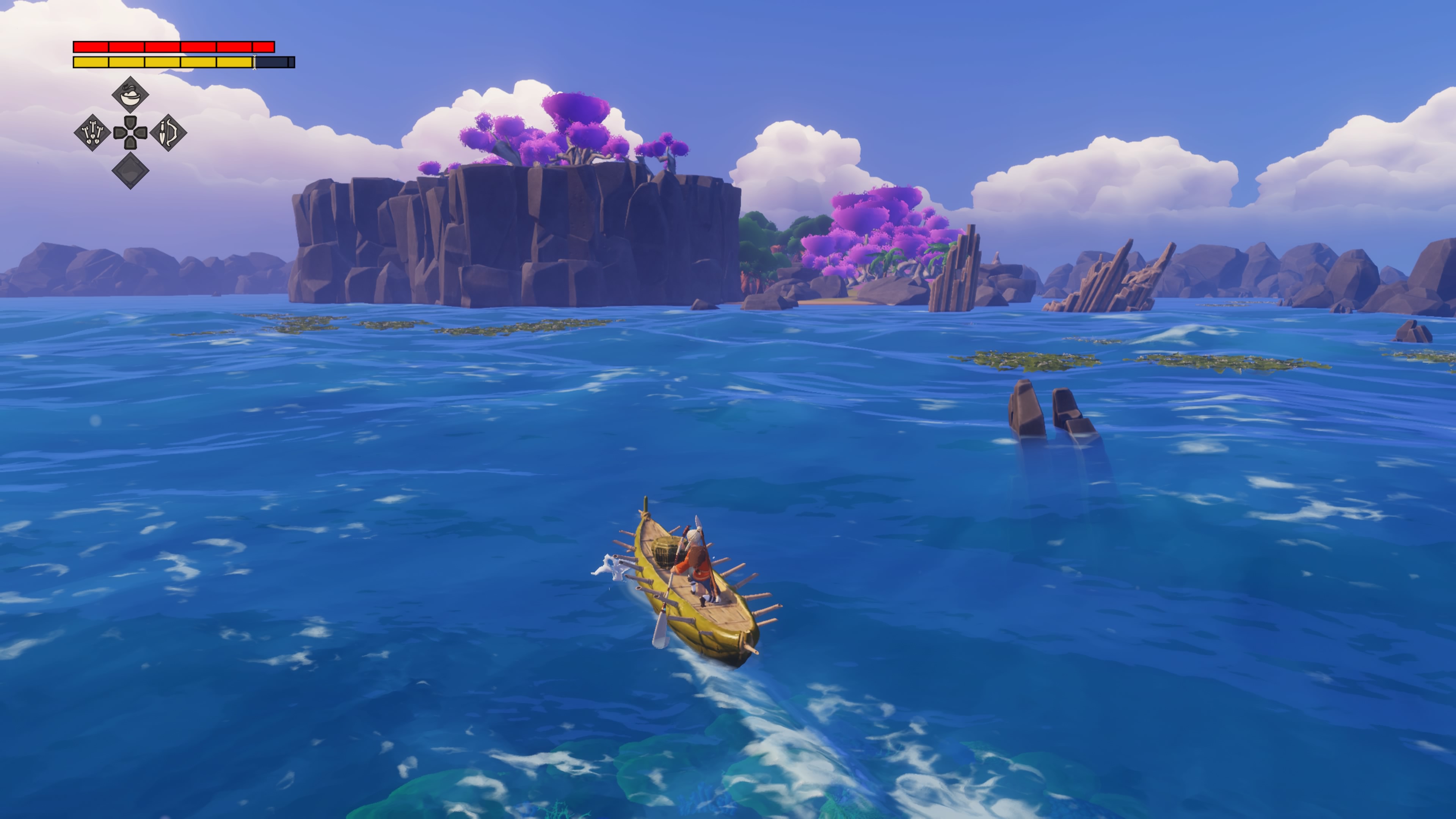
Besides Kara’s overall health, there’s also a stamina meter that decreases when she gets hungry, and while items like Kojiberries or Rustcaps can be foraged to replenish it, she needs to hunt animals for a more sustaining meal.
Here, stealth is key. Some enemies can be taken down with a simple knife stab, but larger ones require more refined weaponry and skills to take down. Whether that’s by sneaking up on them while they’re sleeping or hiding at a distance as you launch a ranged attack, taking down large animals is undeniably satisfying and necessary.
They can be lethal up close, however, so you need to employ defensive maneuvers such as dodge rolling, which keeps you on your toes.
Once animals are killed, you can investigate their bodies and, depending on the animal, gather raw meat or crafting materials. Like in other survival games, you can eat raw meat, but if you don’t fancy poisoning Kara, you can construct fires to cook it, which provides more health and stamina restoration.
Cooking works fine but feels rather basic in execution. Though food will spoil, it makes me wish there was more depth in the mechanic, like a Breath Of The Wild-style ability to mix food into new recipes.
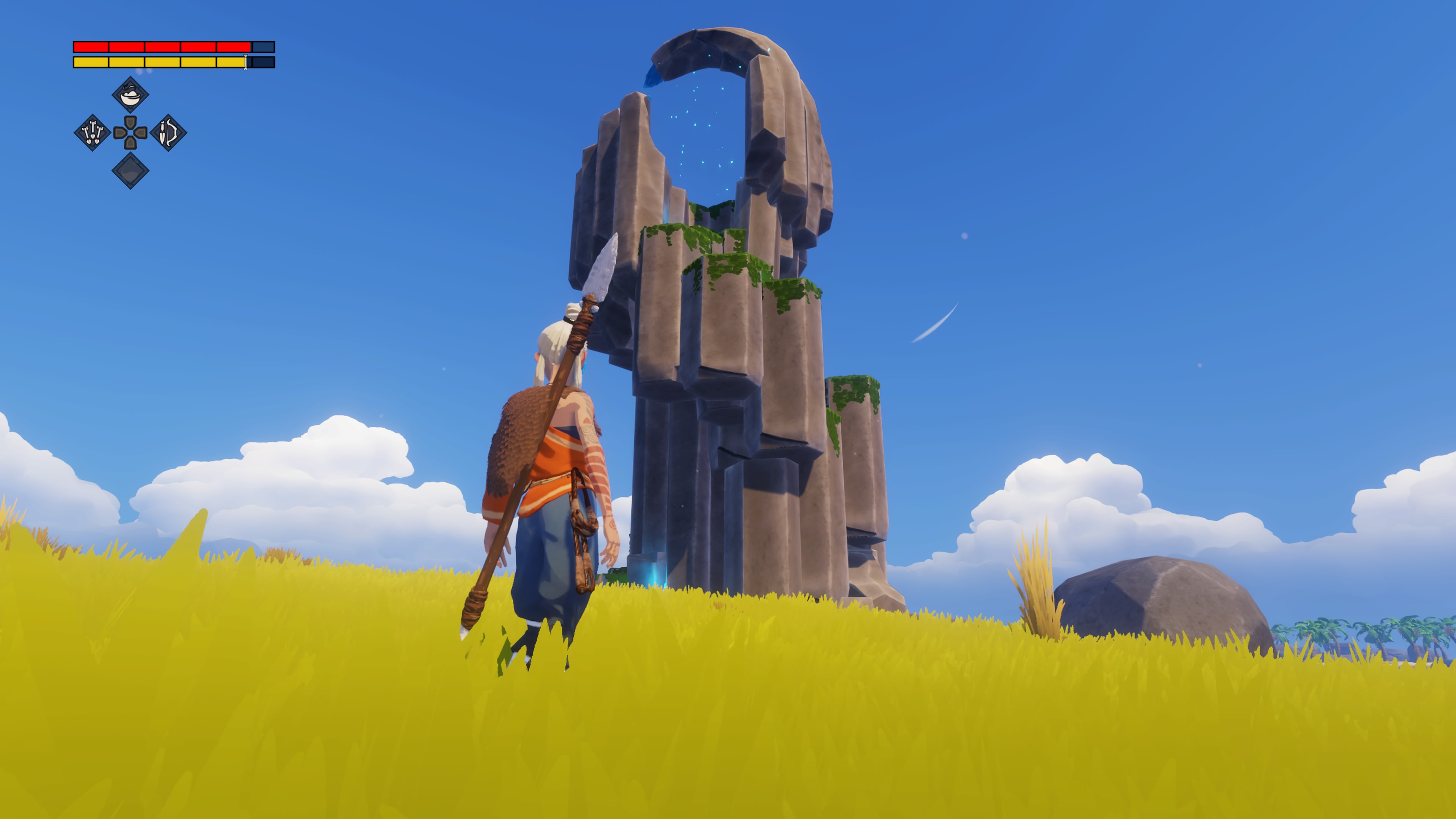
For those looking to continue Kara’s story, your main objective in Windbound is getting home. Each chapter contains three towers, and to reach the towers and the Nautilus Keys inside, Kara needs a boat. As expected, using your gathered materials, you can go from a small grass canoe to a full-on wooden raft complete with a hull and mast for faster travels, should the wind be favorable.
Once all of the keys are collected, there is a separate island that acts as your end goal, requiring each key to power up bridges that led to the exit.
Kara is then transported to a place known as “The Crossing,” showcasing a series of murals that depict what happened to the Shell Spirits, and you’ll need to navigate a treacherous cavern that leads to the next area.
Crossings are possibly the weakest aspect of the game and while they make for interesting storytelling, the sailing action is very formulaic for each trip. You get a glimpse of the force that shipwrecked you, ride some intense waves, dodge obstacles, and that’s it.
Your chosen material affects a boat’s stats in a similar way to weapons. A wooden ship is sturdier but slower when compared to a bamboo ship, for example. Sea travel is fraught with Sea Nettles and dangerous Hookmouths, but there are options for protecting your ship along the way. If you want to employ a defensive strategy, hulls can be reinforced with armor but if offense is more your speed, hulls can also be equipped with spikes to deal damage.
In many ways, sailing is similar to how exploration works in Legend of Zelda: Wind Waker. You use your newly acquired boat to navigate the seas, but while there are fantasy elements in Windbound, changing wind direction isn’t one of them. If you need to travel against the wind, your mast is useless and needs dismantling to continue rowing, which is frustrating. But it illustrates how this is a game of patience.
Windbound Review — The Bottom Line
Pros
- High replay value
- Successful combination of adventure and survival genres
- Vivid, beautifully detailed world
Cons
- Over a bit too quickly
- Crafting lacks depth
- Not always smooth sailing with the boats
Windbound is a game that requires a lot of patience and by combining survival and adventure gameplay into one, it successfully creates a unique identity.
There are a few shortcomings with sailing and crafting could use some additional depth, but 5 Lives Studios have brought us an entertaining adventure. if you can put these issues aside, this is an experience that comes recommended.
[Note: 5 Lives Studios provided the key of Windbound used for this review.]

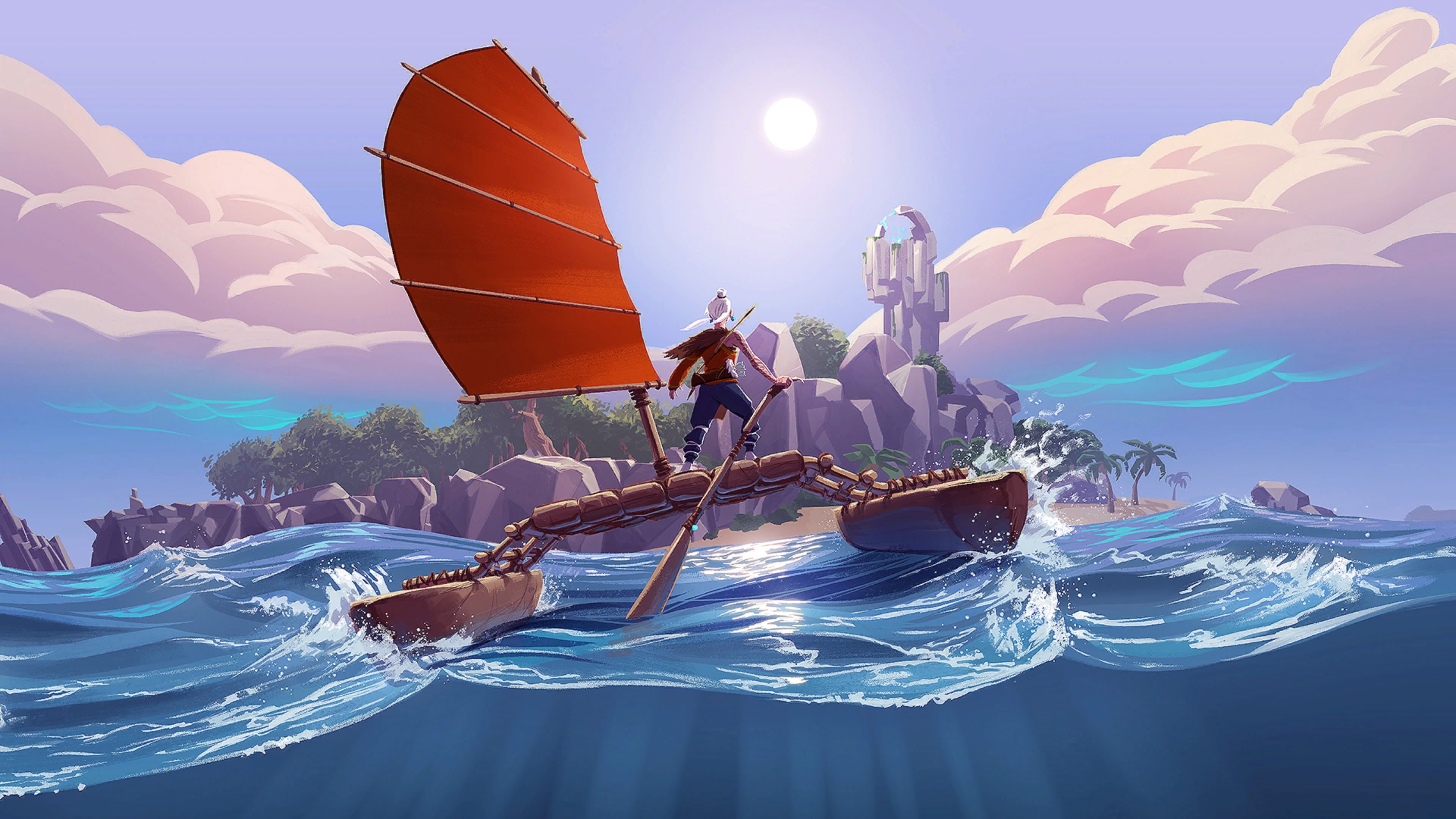
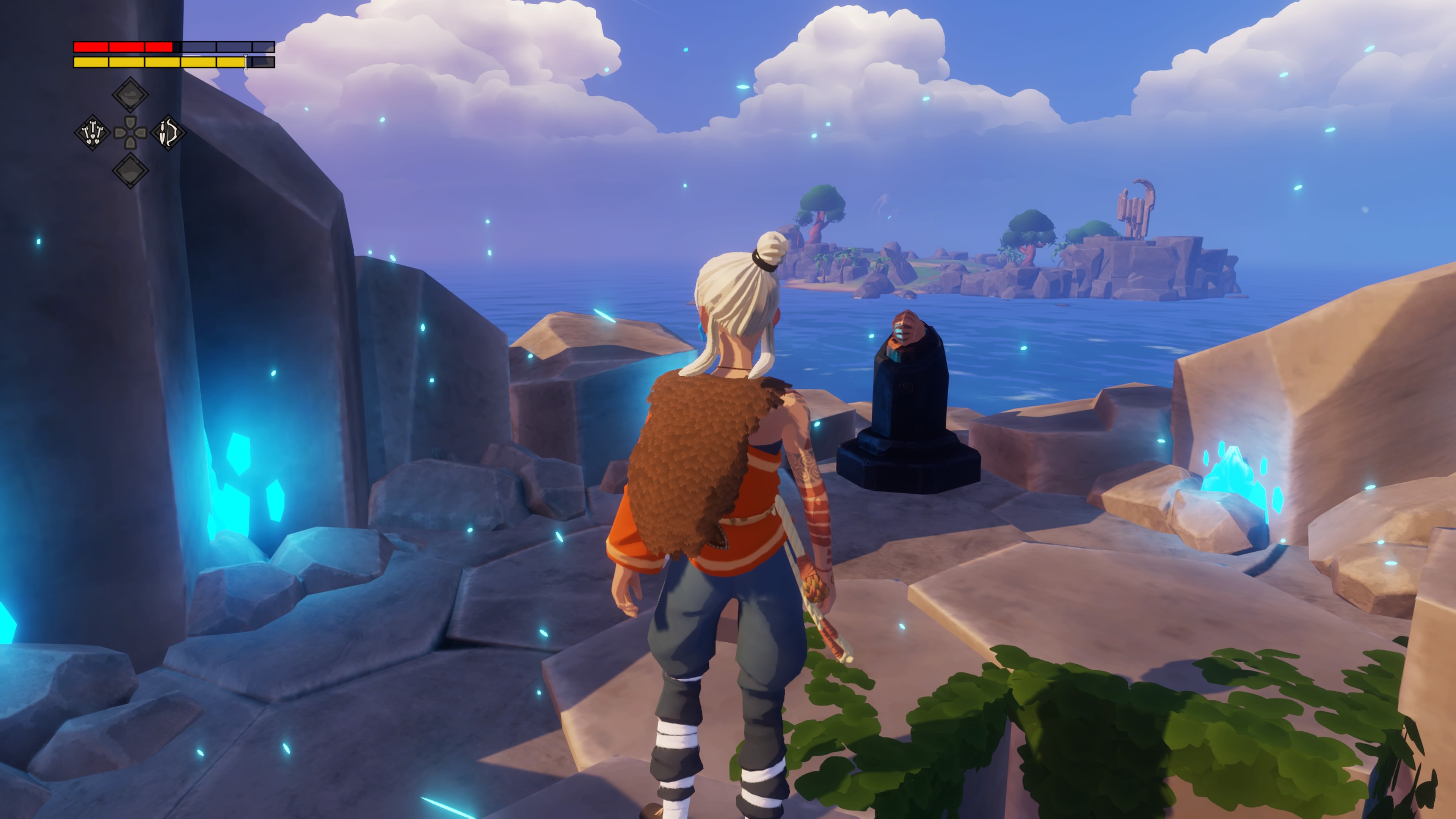
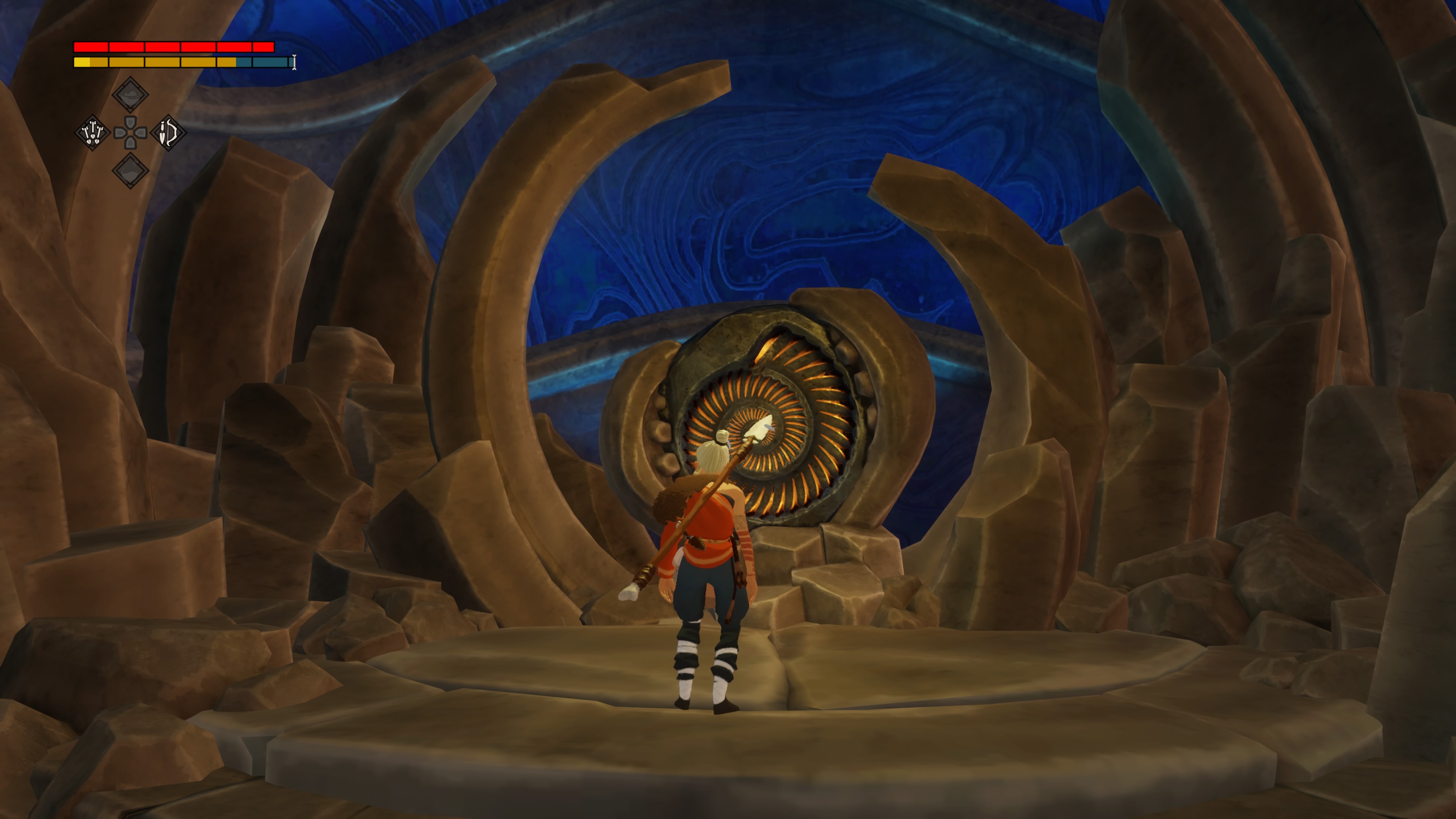





Published: Aug 24, 2020 12:14 pm